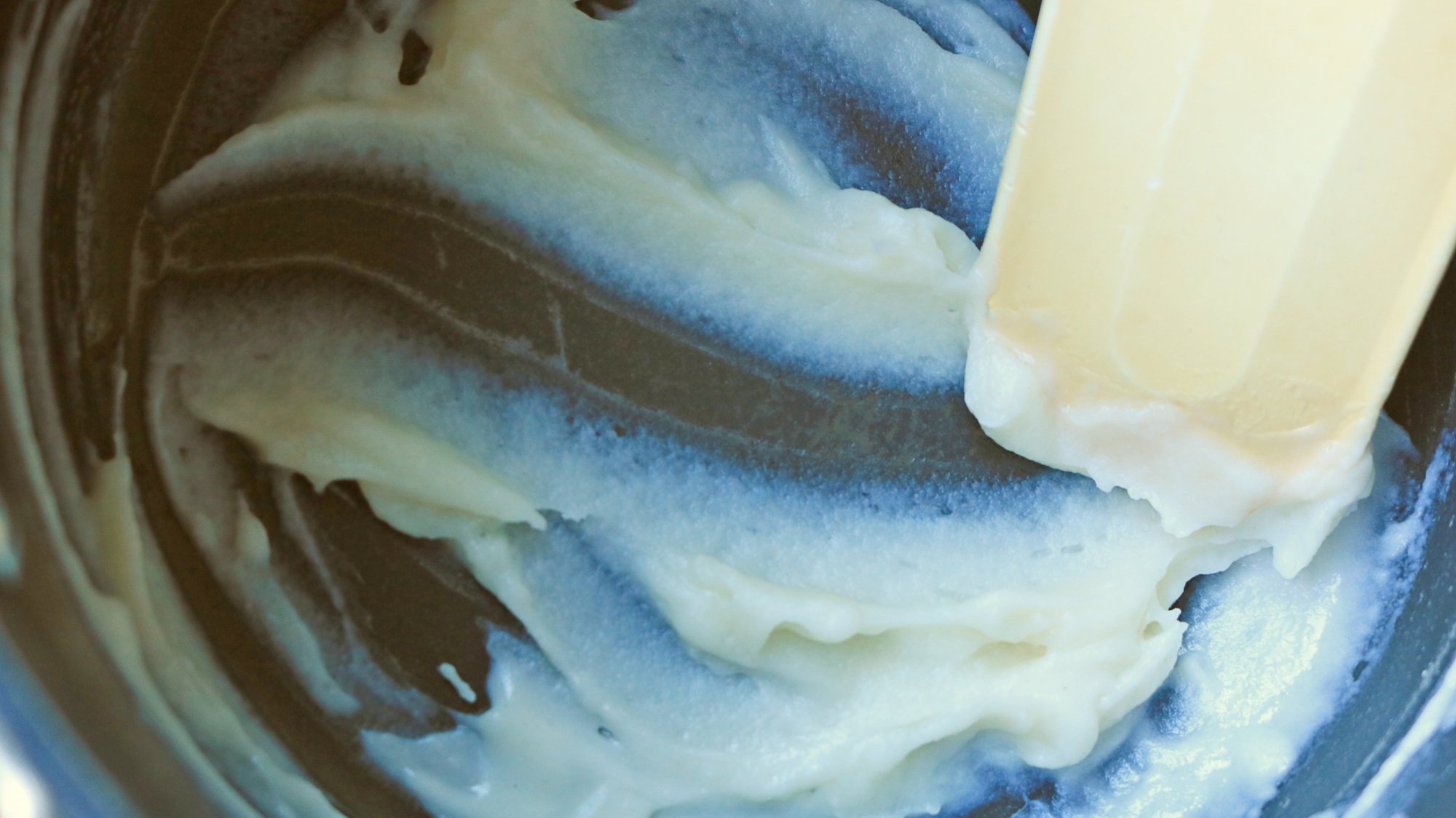Winter is my bread season. Not in terms of eating—please, that’s a year-round practice—but in terms of baking. While I love a crusty, seeded batard or tomato stained focaccia, I find eating a soft roll smeared with butter gives me a sensation akin to meditation. For soft, tender rolls that stay plush for days, use tangzhong in your bread dough.
What is Tangzhong?
Tangzhong is a gelatinized starch paste made by heating flour with milk or water. Incorporating tangzhong into doughs is a traditional Chinese technique to make soft breads, including pillowy steamed buns, but it’s not limited to that. It can be incorporated into any yeast bread recipe that’s meant to be soft.
Why does it work?
Besides tasting damn delicious, starches are prized for their ability to thicken and gelatinize with water and heat. Tangzhong is no different. Flour is cooked with liquid, and during the process, the starch molecules engage with and hold onto more water as they swell and gelatinize. When you pre-cook some of the bread’s flour with water in this way, you’re able to increase the overall hydration of your bread dough without sacrificing the texture and stability of the raw dough. If you were to add that extra liquid without capturing it in gelatinous starch bubbles first, the bread dough would become extremely sticky, making it hard to shape, and possibly too heavy, resulting in an inferior rise.
Gelatinized starches, bloated with water, will share this springy, hydrated quality with the entire loaf of bread, resulting in tender, springy rolls perfect for tearing and shoving directly into your mouth; a fine-crumbed, sliceable loaf for sandwich bread; or a stable but soft, thick French toast. Although starch retrogradation will still happen, the tangzhong will buy you several days of soft, fluffy bread.
How do you make tangzhong?

Credit: Allie Chanthorn Reinmann
Making tangzhong is similar to making a roux (a paste made by heating butter, flour, and a liquid), but it’s even easier. To make tangzhong, whisk one part flour to four or five parts liquid in a pot until smooth. Turn the heat on medium. I switch to a rubber spatula here because it makes better contact with the pan. Stir the mixture constantly until it thickens. This only takes about one minute for a small amount of tangzhong. Remove the pan from the heat and allow it to cool to room temperature before incorporating it into the rest of the bread recipe.
Can you tangzhong any bread recipe?
I have used this recipe for Japanese milk bread from King Arthur Baking a few times, and it’s a great starter recipe with helpful GIFs and pictures if you’re new to using tangzhong. They don’t specify this in the steps, but my only word of advice is to dissolve the milk powder into the whole milk first when you get to the dough section.
Otherwise, you can add a tangzhong component to any bread recipe that you wish was more springy and soft. That being said, it will take some experimentation depending on the recipe’s ingredients and existing hydration levels. Start small, using around 5% of the total amount of flour to make the tangzhong. You can see in the King Arthur recipe I linked to above that they only use two tablespoons of flour to start building the tangzhong. That’s only 14 grams of flour compared to the 300 grams used in the rest of the recipe.
Try the ratio of one part flour to four parts liquid by weight. Take the flour from the measurement indicated in your recipe. In other words, after you measure out the total amount of flour, scoop a tablespoon or two out of that bowl. Whisk and cook it with liquid additional to the liquid measurement in your recipe. Since much of the point is for your bread dough to hold onto additional hydration, this is where you want to add extra water. The starch will be absorbing that water, so adding extra is a good way to keep the finished dough from becoming too stiff. (You can read here for more about calculating the increased hydration in your recipe.)
Once your tangzhong is ready and you’ve cooled it to room temperature, add it into the mixing bowl after the yeast has bloomed and along with all of the other dough ingredients. Proceed with mixing and proofing as indicated in your recipe. Your bread will bake up tall and fluffy with a fine, tender crumb. It’s divine. (Angels and gods definitely eat bread made with pre-gelatinized starch.) Try it for your next batch of soft rolls. You’ll swear by it.

Comentarios recientes